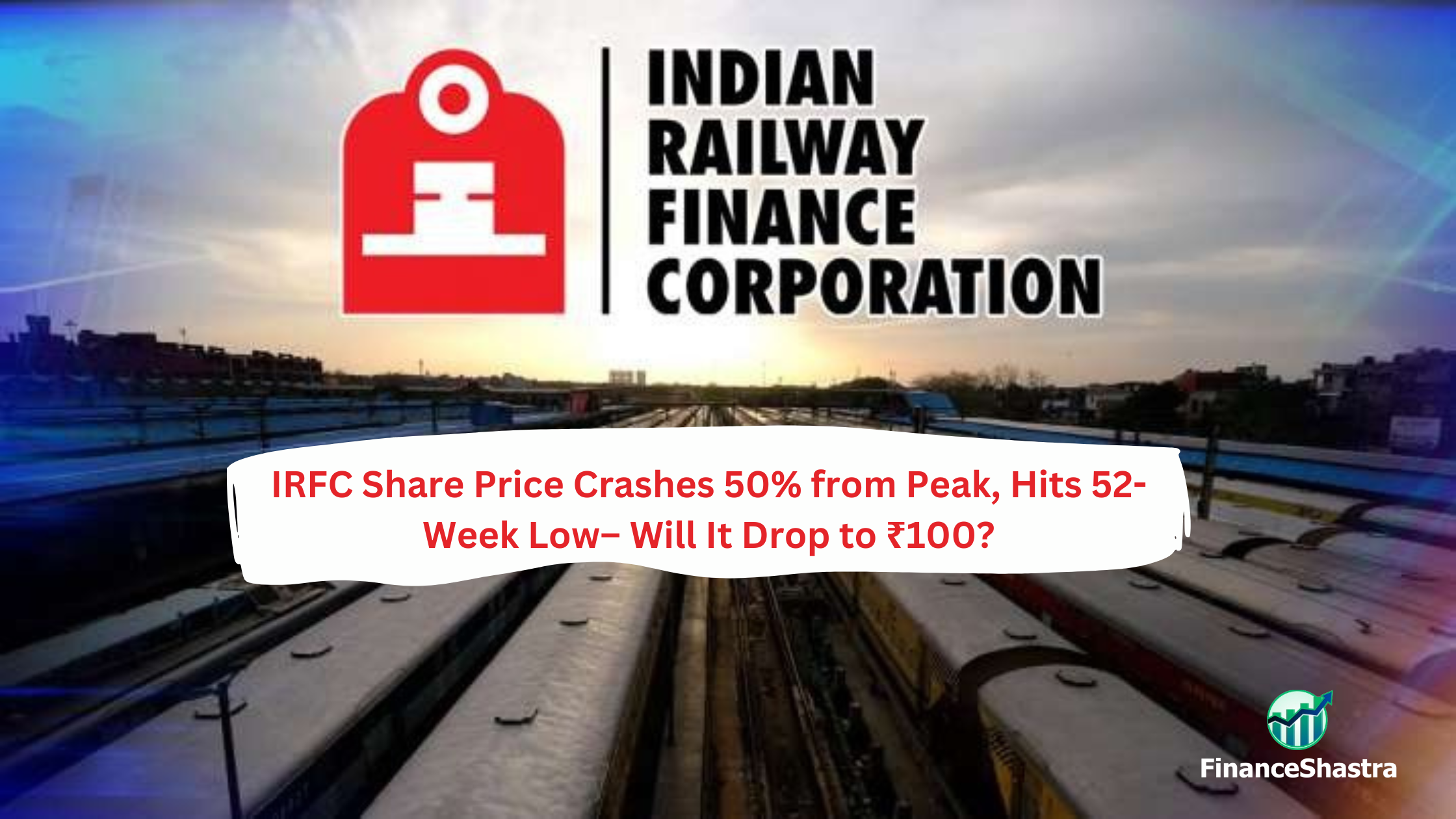Pidilite Industries Faces ₹16.03 Cr GST Penalty: Impact on Stock & Future Outlook
Business and Industry Overview:
Pidilite Industries Limited is a leading manufacturer of adhesives and sealants, construction chemicals, craftsmen products, DIY products, and polymer emulsions in India. Most of the products have been developed through strong in-house R&D. The brand name Fevicol has become synonymous with adhesives for millions in India and is ranked amongst the most trusted brands in the country. Some of their other major brands are M-Seal, Fevikwik, Fevistik, Roff, Dr. Fixit, Fevicryl, Motomax, Hobby Ideas, and Araldite.
Since its inception in 1959, Pidilite Industries Limited has been a pioneer in consumer and specialty chemicals in India, committed to quality and innovation. For decades, it has developed products for both small and large applications, catering to homes and industries, forging strong bonds with people across various occupations. From adhesives, sealants, waterproofing solutions, and construction chemicals to arts & crafts, industrial resins, automotive chemicals, organic pigments, and polymers, its diverse product portfolio continues to evolve. Today, its brands are trusted household and industrial names, making it the market leader in adhesives. Pidilite Industries makes products in different parts of India. Its factories are in Mahad (Maharashtra), Vapi (Gujarat), Baddi, and Kala Amb (both in Hi achal Pradesh). The company started in 1959 and has grown by buying other businesses. In 2015, it bought 70% of Nina Waterproofing Systems for ₹100 crore. In 2018, it purchased 70% of CIPY Polyurethanes for ₹96 crore. In 2020, it spent ₹2,100 crore to buy Huntsman Corporation’s Indian business. This helped Pidilite expand its adhesives and sealants. In 2022, it partnered with 100x.VC to support new business ideas.
India’s specialty chemicals industry is growing fast. More people need chemicals for food, personal care, and home care products. India is the 6th largest chemical producer in the world and 3rd in Asia. It contributes 7% to India’s economy. In April-September 2024, India exported chemicals worth $14.09 billion. The industry is expected to reach $300 billion by 2030 and $1 trillion by 2040. Many companies are expanding to meet demand. Global companies want to reduce dependence on China, giving India a big opportunity. A chemical project in Gujarat has attracted $12 billion in investments and created thousands of jobs.
The Indian government is also helping. It introduced plans to boost drug manufacturing and allocated $23.13 million to chemicals in the 2024-25 budget. A project in Odisha has brought billions of dollars and 40,000 jobs. The government is also opening 25,000 new stores to sell affordable medicines. Foreign companies are also investing. The industry got $22.7 billion in foreign investment between 2000 and 2024. By 2025, India expects $107.38 billion in new investments. In 2023, the Prime Minister launched projects worth $6.11 billion to support growth. The future of India’s chemical industry looks bright. Over the last five years, Pidilite’s market share has decreased from 12.63% to 11.47%
Latest Stock News:
Pidilite Industries’ stock is facing pressure, nearing its 52-week low after falling 5.54% in the last four days. It is underperforming its sector and trading below key moving averages. Over the past year, the stock has declined by 2.35%, while the Sensex has shown positive returns.
The company received a tax penalty of ₹16.03 crore from the GST department on February 7, 2025, for the period from July 1, 2018, to March 31, 2018. The company is evaluating its legal options and stated that this penalty will not impact its financials or operations. Earlier, on December 30, 2024, Pidilite also received a ₹1.16 crore penalty from the Indore GST department for the 2017-18 to 2019-20 GST audit.
Despite these tax issues, Pidilite reported an 8.22% rise in net profit to ₹552.42 crore in the October- December quarter, compared to ₹510.48 crore in the same period last year.
Potentials:
Pidilite Industries wants to sell more products and grow its business. Managing Director Bharat Puri said the FMCG sector must focus on increasing sales because demand in cities is slowing down. He believes that new products and better distribution can help companies stay ahead.
The company sees modern retail stores and online shopping as big opportunities. Smaller brands are growing fast by reaching customers who do not have many choices. To keep up, Pidilite plans to use digital tools, try new ways of working, and study customer needs.
Pidilite’s Managing Director Designate, Sudhanshu Vats, expects profits to keep rising because of strong market conditions. Experts believe the FMCG industry will grow steadily in the next 3-5 years, with a focus on selling more products rather than increasing prices.
Modern stores and online shopping now account for 25% of FMCG sales. Pidilite wants to change its pricing, packaging, and sales methods to match customer needs. The company is also introducing premium products, trying new sales formats, and working closely with online stores to attract young customers like Millennials and Gen Z.
The FMCG industry is changing fast due to quick commerce, better use of data, and customer demand for easy shopping. Pidilite is preparing for this shift by improving its supply chain, focusing on digital sales, and understanding new shopping habits.
Pidilite Industries is working on new ideas, using technology, and reaching more customers to ensure long-term success in a changing market.
Analyst Insights:
- Market capitalisation:₹ 1,36,155 Cr.
- Current Price:₹ 2,677
- 52-Week High/Low:₹ 3,415 / 2,620
- P/E Ratio: 68.0
- Dividend Yield: 0.60 %
- Return on Capital Employed (ROCE): 29.7 %
- Return on Equity (ROE): 22.8 %
Pidilite Industries is a strong company with good financial health. It has very little debt and earns good returns on investments. The company also pays regular dividends to its investors. Its working capital has improved, meaning it manages its money better now. However, the stock is expensive. It is trading at a high price compared to its actual value. The stock has fallen in the last few days and is close to its lowest price in a year. Recent tax penalties and slow growth in the FMCG sector create some risks. For long-term investors, it is better to wait for the price to drop further, to around ₹2,500 or lower, before buying. Short-term traders should avoid buying now because the stock is not showing strong growth.





